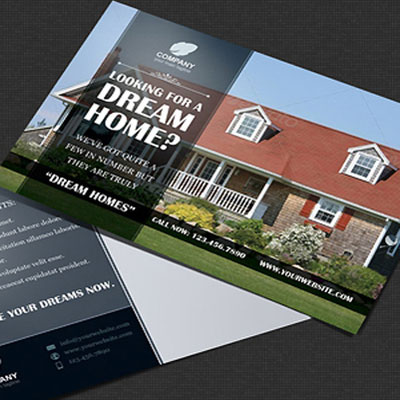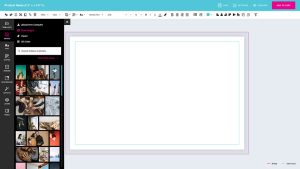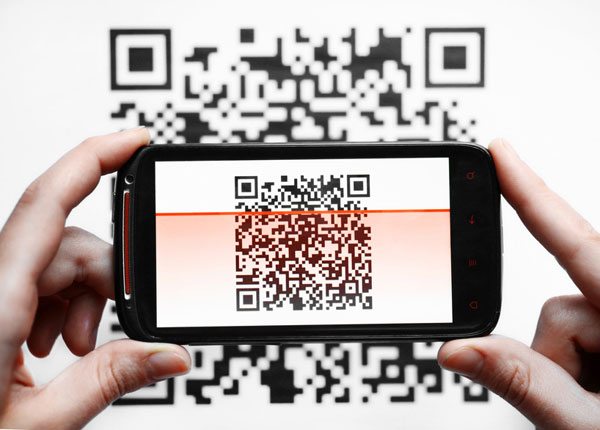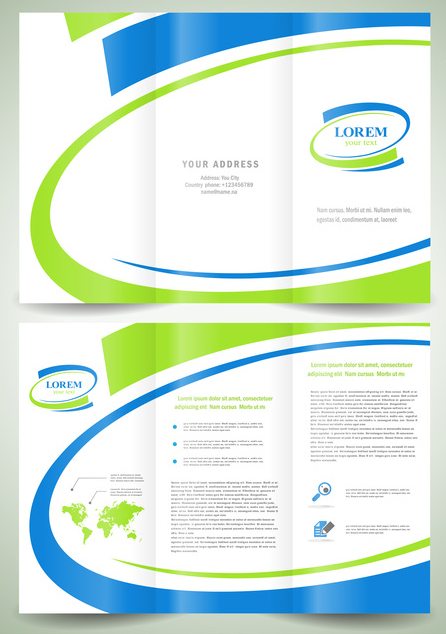When it comes to QR code marketing, companies either knock it out of the park, or they crash and burn. Although some people believe that the QR code has lost its touch and is no longer an effective marketing tool, the truth is QR codes are still relevant; however they must be accompanied by a well-executed QR code strategy. Since QR codes are free to generate, they have a high ROI when used properly.
As of 2014, 216 countries are still actively scanning QR codes. Australia, Canada, USA, and the United Kingdom have the most active QR code scanners. So, depending on where your target market is located, you may want to consider a QR code campaign that can boost your leads or generate a loyalty program for your business.
5 Benefits to Using QR Codes
Here are 4 compelling reasons to give QR code marketing a shot. You might be surprised by what a QR code can offer your business.
- You can direct traffic to your website, social media or other important points of contact online, using offline media.
- You can encourage new customers to become email subscribers.
- You can use it to encourage social interaction with your brand and gather “likes” and “follows” for your business.
- It allows you to promote your products in a fun, interactive way, that doesn’t feel like traditional marketing.
- QR codes can be used for retail business to track purchases and accumulate points for loyalty programs, like Starbucks does.
Where Should QR Codes Be Used?
The purpose of a QR code is to make it fun for your customers to use. If your customers enjoy the process of using your QR code, they will associate that positive experience with your brand. The best places to use QR codes are places where your customers have the time and Internet access to use them immediately. Print marketing pieces they can physically hold are even better.
Ideal pieces to include QR Codes:
- Direct mailers
- Postcards
- Flyers
- Invitations
- Brochures
- Business Cards
- Newspaper Ads
- Magazine Ads
- Above-ground Transit Ads
- Posters on your store front
Do not put QR codes on billboards, underground transit ads, emails, or out of reach spaces. They are either difficult to capture an image of, or have restricted Internet access.
Where Should QR Codes Direct Customers?
The most popular QR code landing pages are a website (53.3% of total codes created), contact details (14.7%), and Facebook (13.6%). All of these are good options. We also recommend videos. Here’s how to use each of them correctly.
- Landing Pages. Ideally, you should create a specialized, mobile optimized landing page that corresponds with your print marketing campaign. This is a great place to include detailed information that doesn’t fit on your print marketing piece.
- Social Media. The most popular social site to link to is Facebook. Twitter and Instagram are also good options. Make sure to link to your branded page, and have a unique cover image with your branding.
- Contact Page. If the goal of your print marketing piece is to get customers to contact you, linking to a short form or an email collection page is a good way to capture data from a piece that wouldn’t otherwise have that option. Keep the number of fields to a minimum as most people will be accessing the form on their mobile device, a long form will seem tedious on a phone or tablet.
- A Video. Linking to a YouTube video, or a video on your site is a great way to include a ‘how to’ or other visual representations that can’t be done in a print marketing piece.
5 Tips For a Successful QR Code Campaign
To provide a positive experience for your customers and generate a positive ROI for your business, here are some additional ways to ensure your QR code campaign is effective.
1) Have a Mobile Friendly Landing Page
A mobile friendly landing page is crucial for a QR code campaign. Codes are scanned with a mobile device, so the page you direct visitors to must be mobile-friendly, or have a responsive web design. Getting a potential customer to scan your QR code is only half the battle. You have to provide payoff once the code is scanned.
2) Include a Code and a Link for Digital QR Codes
Your QR code should not limit who can access the information behind it. Whether they are scanning from a phone, or clicking on the code from their desktop, the results should be the same. It’s important to make the QR code a gateway, rather than a gatekeeper – no one wants to be staring at a QR with no way of finding out what’s on the other side. If someone is viewing the code in digital form, it should have a link to the same content. No one wants to have to pull out their phone to scan a code when they’re already on their computer. Or worse, have a QR code on their phone, with no way of scanning it with the same device.
3) Make Sure The QR Code is Accessible
The purpose of the QR code is to provide visitors with a quick way to access more information about your campaign or the items you are promoting. The code should be put in a place where it can be easily scanned, and where they will have WiFi or cell phone reception to translate the code. Placing a code on a moving vehicle, a billboard, a subway tunnel, or somewhere out of reach defeats the purpose of providing a fast, fun way of accessing information. QR codes are ideal for bus shelters, business cards, postcards, and direct mailers, where there is limited space (so more information is necessary), and viewers have plenty of time to scan a code if they want to learn more.
4) Ensure the Code is Printed Clearly
You can never be sure what type of technology potential customers are using to access your codes, so making sure your QR is clear and legible to all devices is important to guarantee conversions. A blurry QR code can make it impossible to scan, and therefore skew your results. That is why the quality of your print job is important when including QR codes in your print pieces.
5) Use a Call to Action with an Incentive
A call to action tells customers what to do next and why they should do it. Give them a reason to want to take the next step.
Having a clear call to action and an incentive can be the difference between a QR code campaign with poor results and one with great results. Offer something to your audience that makes them feel like they’re getting something for their effort – such as a coupon, a chance to connect on social media, access to a loyalty program, or just beneficial information.
If you need help developing print marketing pieces with QR codes that link to quality content related to your business, Print Three’s digital marketing experts can help. Find the Print Three Smart Business Centre closest to you. One of our marketing specialists will consult with you to determine the best way to incorporate QR codes into your brand’s marketing strategy.
























